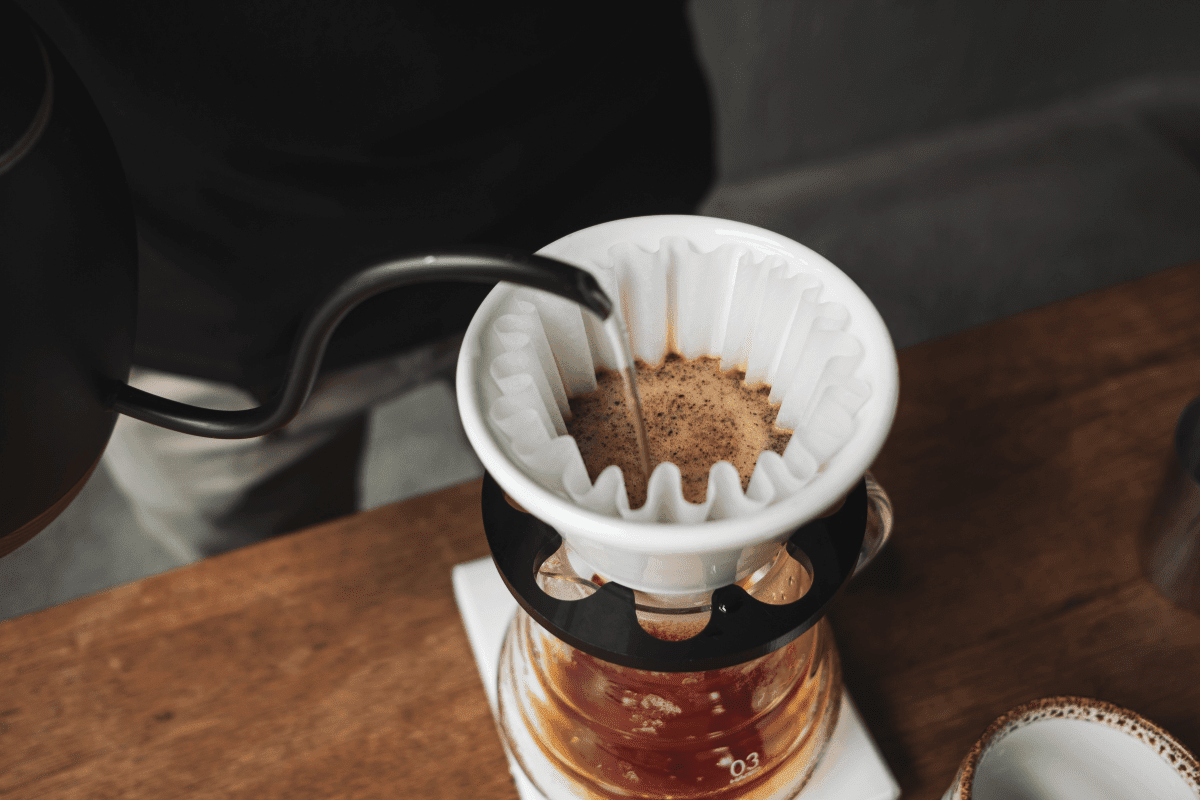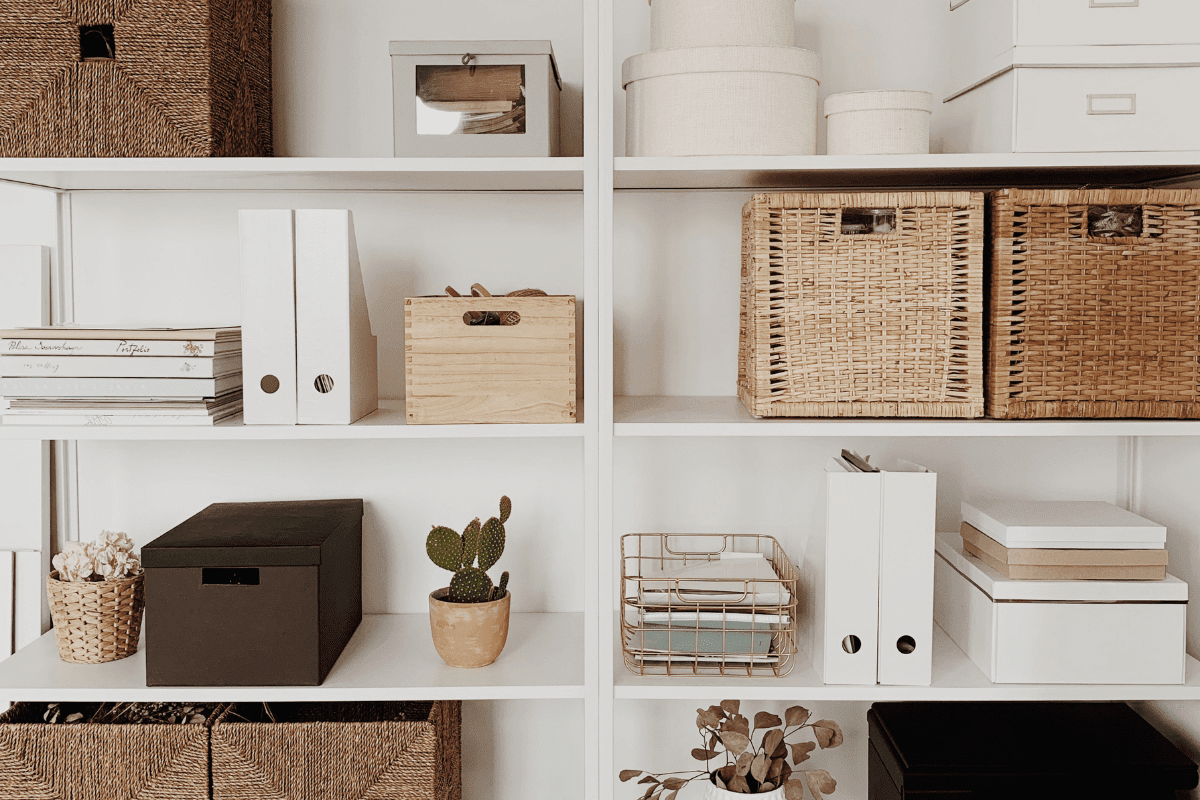Let's be honest… choosing a coffee maker in 2025 feels like picking a college major. There are approximately 47,000 options, everyone has an opinion, and you're pretty sure half the features are just there to confuse you.
After diving deep into professional testing data, analyzing thousands of user reviews, and consulting with coffee experts who take their brewing way too seriously, I've discovered what actually matters when choosing a coffee maker. Spoiler alert: it's not the WiFi connectivity.
Here's what the experts won't tell you upfront
The coffee maker industry has a dirty little secret. That "12-cup" machine you're eyeing? It actually makes about 6 normal-sized cups because manufacturers use 5-6 oz as their standard serving size. Who drinks 5 ounces of coffee? Nobody I know.
This is just the beginning of the confusion. The market is flooded with machines promising to revolutionize your morning routine, but most are solving problems that don't exist. You know what problem does exist? Making consistently good coffee without wanting to throw your machine out the window.
Here's what rigorous testing reveals about what separates great coffee makers from expensive disappointments:
The science of temperature (yes, it's that important)
Temperature stability is the single most important factor in brewing quality coffee. Period. Full stop. No arguments.
The Specialty Coffee Association has determined that water needs to stay between 194-205°F throughout brewing to properly extract coffee's good flavors while leaving the bitter compounds behind. Most cheap machines can't maintain this temperature consistently, which is why your coffee tastes like disappointment with hints of regret.
Consumer Reports' test engineer Althea Chang-Cook puts it simply: their testing measures how long water stays within that "sweet spot of 195° F to 205° F" for optimal flavor extraction. If a machine can't nail this basic requirement, nothing else matters.
Features that actually improve your coffee
After analyzing expert testing and user feedback, here are the features that genuinely make a difference:
- SCA certification (guarantees proper temperature and extraction)
- Thermal carafes instead of hot plates
- Pre-infusion or bloom cycles
- Even water distribution systems
- Removable water reservoirs
- Simple, reliable operation
Notice what's not on this list? WiFi connectivity. App control. Alexa integration. These are solutions looking for problems.
Marketing features you can safely ignore
The coffee maker industry loves to dazzle you with features that sound impressive but add zero value to your actual coffee experience. Here's what to skip:
Multiple brew strength settings are usually just minor timing adjustments that you'll use exactly once. Complex digital displays add cost and create more things to break. Those "15-bar pressure" claims on budget espresso machines? Meaningless without proper temperature control. Even built-in water filters provide marginal improvement over using decent filtered water.
As Good Housekeeping's testing reveals, what matters is consistency and simplicity, not complexity.
The most expensive coffee maker mistakes people make
You want to know the biggest money waster in the coffee world? Buying a single-serve pod machine for daily use.
The hidden cost of convenience
Let me paint you a picture with actual numbers. That sleek Keurig system seems reasonable at $150, right? Wrong. If you drink three cups daily using K-cups, you're spending $657 annually on pods versus $50-100 for equivalent ground coffee.
Over five years, here's what you're actually paying:
- Keurig with regular pod use: $3,485
- Premium Technivorm Moccamaster: $1,865
The kicker? That Technivorm will last another 5-10 years while you're buying your third Keurig.
Sizing disasters and other common mistakes
Remember that 12-cup confusion I mentioned? This leads to people buying oversized machines, brewing full pots they don't finish, and wondering why their afternoon coffee tastes like burnt sadness. Or they go too small and spend their mornings brewing multiple cycles like some kind of coffee-making hamster on a wheel.
Other wallet-draining mistakes include:
- Choosing the wrong brewing method for your lifestyle
- Ignoring long-term reliability data
- Falling for feature complexity
- Skimping on the grinder (crucial for espresso)
- Not calculating total ownership costs
- Believing marketing hype over testing data
- Buying based on Amazon reviews alone
- Forgetting about maintenance requirements
Which coffee makers actually survive daily use?
Consumer Reports surveyed over 67,000 coffee maker owners about their experiences from 2015-2023. The results might surprise you.
The reliability champions
Technivorm Moccamaster stands alone at the top, with an average lifespan exceeding 10 years. Some users report their Dutch-made machines still brewing perfectly after 20+ years. Yes, they cost $350+, but when you do the math on replacement costs, they're actually cheaper long-term.
Hamilton Beach and Black+Decker deliver surprisingly good reliability in the budget segment. They're not fancy, but they keep working. Bonavita offers solid mid-range reliability with the bonus of SCA certification on several models.
The reliability concerns
Here's where things get uncomfortable. Ninja machines, despite their popularity and innovation, consistently show 1-2 year lifespans with common reservoir leak complaints. Budget machines under $50 typically last 2-3 years if you're lucky.
Average lifespans by category paint a clear picture:
- Premium machines (Technivorm, high-end Breville): 7-10 years
- Mid-range machines: 4-5 years
- Budget machines: 2-3 years
- Pod machines: 3-5 years
The most common failure? Leaking. It happens across all price ranges, followed by temperature control problems and mineral buildup blocking water flow.
Your complete guide to coffee brewing methods
Let's talk about the elephant in the room: different brewing methods produce dramatically different coffee experiences. Choosing the wrong one for your lifestyle is like buying a sports car for your daily highway commute… technically possible but missing the point.
Drip coffee makers: The reliable daily driver
Drip machines are the Toyota Camry of coffee makers. Not the sexiest option, but they reliably get you where you need to go.
The key to drip success is SCA certification. Machines meeting these standards maintain proper brewing temperatures and achieve 18-22% extraction rates. Without certification, you're gambling on temperature consistency.
Best drip makers for different budgets:
- Premium: Technivorm Moccamaster KBT ($369-399)
- Mid-range: Breville Precision Brewer ($349-399)
- Budget: Braun PureFlavor 14-Cup ($59-79)
Espresso machines: The high-maintenance relationship
Espresso machines are like that friend who's amazing but needs constant attention. They produce incredible coffee when everything aligns, but they demand daily commitment.
Professional barista Mark Prince emphasizes the importance of water quality for espresso machines: "Bad water will definitely shorten their lifespans." You need proper pressure (9 bars), temperature (90±5°C), and timing (30±5 seconds) for quality shots.
Top espresso picks:
- Best overall: De'Longhi La Specialista Opera ($699-899)
- Best compact: Breville Bambino Plus ($299-349)
- Best value at $500: Consider sales on higher-end models
Pour-over: The weekend ritual
Pour-over brewing is like making bread from scratch. Nobody has time for it daily, but the weekend ritual produces exceptional results.
The beauty lies in complete control over every variable. Water temperature, pour pattern, timing… it's all in your hands. The Chemex produces exceptionally clean coffee through thick filters, while the Kalita Wave's flat bottom forgives technique mistakes.
French press: The misunderstood classic
French press gets a bad reputation for sediment and lukewarm coffee, but modern designs solve these issues. The Espro P7's dual-filter system eliminates sediment while double-wall insulation maintains heat for 4+ hours.
The key is using coarse grounds and understanding that the metal filter produces fuller-bodied coffee with more oils than paper-filtered methods. It's not better or worse, just different.
Cold brew: The patient person's coffee
Recent research shows cold brew reaches extraction equilibrium in 6-7 hours, not the traditional 12-24. The process produces coffee with higher pH and lower acidity, perfect for sensitive stomachs or hot summer days.
The Toddy system creates concentrate for dilution, while the OXO Cold Brew offers better ergonomics and easier cleaning. Both produce smooth, naturally sweet coffee that keeps for weeks in the fridge.
What maintenance actually costs (and how to minimize it)
Nobody talks about maintenance costs when selling coffee makers, but they add up faster than subscription services you forgot to cancel.
The real annual costs
Here's what you're actually signing up for:
Descaling runs $20-40 annually depending on your water hardness. If you use the manufacturer's water filters, add $90-150 yearly. Paper filters for drip machines cost $20-30 annually. Premium espresso machines might need $100-200 in professional service.
These aren't optional expenses. Skip descaling and watch your machine's heating element commit slow suicide. Ignore cleaning and enjoy the delightful taste of rancid coffee oils in every cup.
How to extend your machine's life
The single best thing you can do? Use filtered water. It reduces mineral buildup and extends component life significantly. Clean removable parts weekly, descale every 3-6 months, and actually read the manual. I know, revolutionary concepts.
Signs your machine is dying include inconsistent temperatures, strange noises, slow brewing, and the universal death rattle: leaking. When these start, it's usually more cost-effective to replace than repair, especially for machines under $200.
The technology trends that actually matter in 2025
The coffee industry loves buzzwords almost as much as the tech industry. Smart machines! AI brewing! IoT connectivity! Most of it is nonsense, but some innovations genuinely improve the coffee experience.
Meaningful innovations worth considering
PID temperature controllers maintain ±1°C accuracy, ensuring consistent extraction. Pressure profiling in espresso machines allows customization previously available only in commercial settings. Biodegradable pods like Keurig's new K-Rounds address environmental concerns without sacrificing convenience.
The smart coffee maker market is growing at 16.3% annually, but growth doesn't equal usefulness. Most users report that app control novelty wears off within weeks.
Overhyped features to skip
WiFi connectivity adds failure points without meaningful benefits. Do you really need to start brewing from bed when a simple timer accomplishes the same thing? AI integration sounds futuristic but currently offers minimal practical improvement over well-designed traditional machines.
Complex touchscreens look impressive in stores but become annoying when you just want coffee at 6 AM. Stick with physical buttons that work when your fingers are still half-asleep.
Your action plan for choosing the right coffee maker
After all this information, here's your practical path forward based on your actual needs, not marketing promises.
For the daily coffee drinker
Invest in an SCA-certified drip maker. Yes, they cost more upfront, but the consistency and longevity justify the price. The Technivorm Moccamaster remains the gold standard for good reason. If that's too steep, the Braun PureFlavor delivers surprising quality at budget prices.
Focus on reliability over features. That programmable timer is nice, but a machine that lasts 10 years is nicer. Calculate the five-year total cost including coffee and maintenance, not just the sticker price.
For the coffee enthusiast
Start with pour-over to understand extraction fundamentals. A $45 Chemex teaches you more about coffee than any automatic machine. Once you've mastered the basics, consider progressing to espresso if you're committed to the daily ritual.
Remember that your grinder matters as much as your brewing device, especially for espresso. Budget accordingly.
For the convenience seeker
The Ninja Pods & Grounds machines offer genuine flexibility, working with both K-cups and ground coffee. If you must use pods, invest in reusable ones to slash long-term costs. Always choose thermal carafes over heating plates unless you enjoy the taste of burnt coffee.
For the budget-conscious buyer
Avoid the false economy of sub-$50 machines. They'll need replacement within 2-3 years, making them more expensive than buying quality once. Hamilton Beach and Black+Decker offer decent reliability at reasonable prices. Calculate total ownership cost over five years, including coffee and maintenance.
The bottom line on coffee makers
Here's the truth nobody wants to admit: the best coffee maker is the one that makes good coffee reliably without driving you insane. All the features in the world don't matter if you're fighting with your machine every morning.
Temperature stability, extraction quality, and reliability trump every marketing gimmick. Whether you spend $60 or $600, focus on these fundamentals. Your morning self will thank you, and your afternoon self might actually enjoy that second cup instead of grimacing through burnt disappointment.
Remember, even the fanciest machine can't save bad beans or terrible water. But a good machine with decent beans and filtered water? That's the foundation of mornings worth waking up for.




